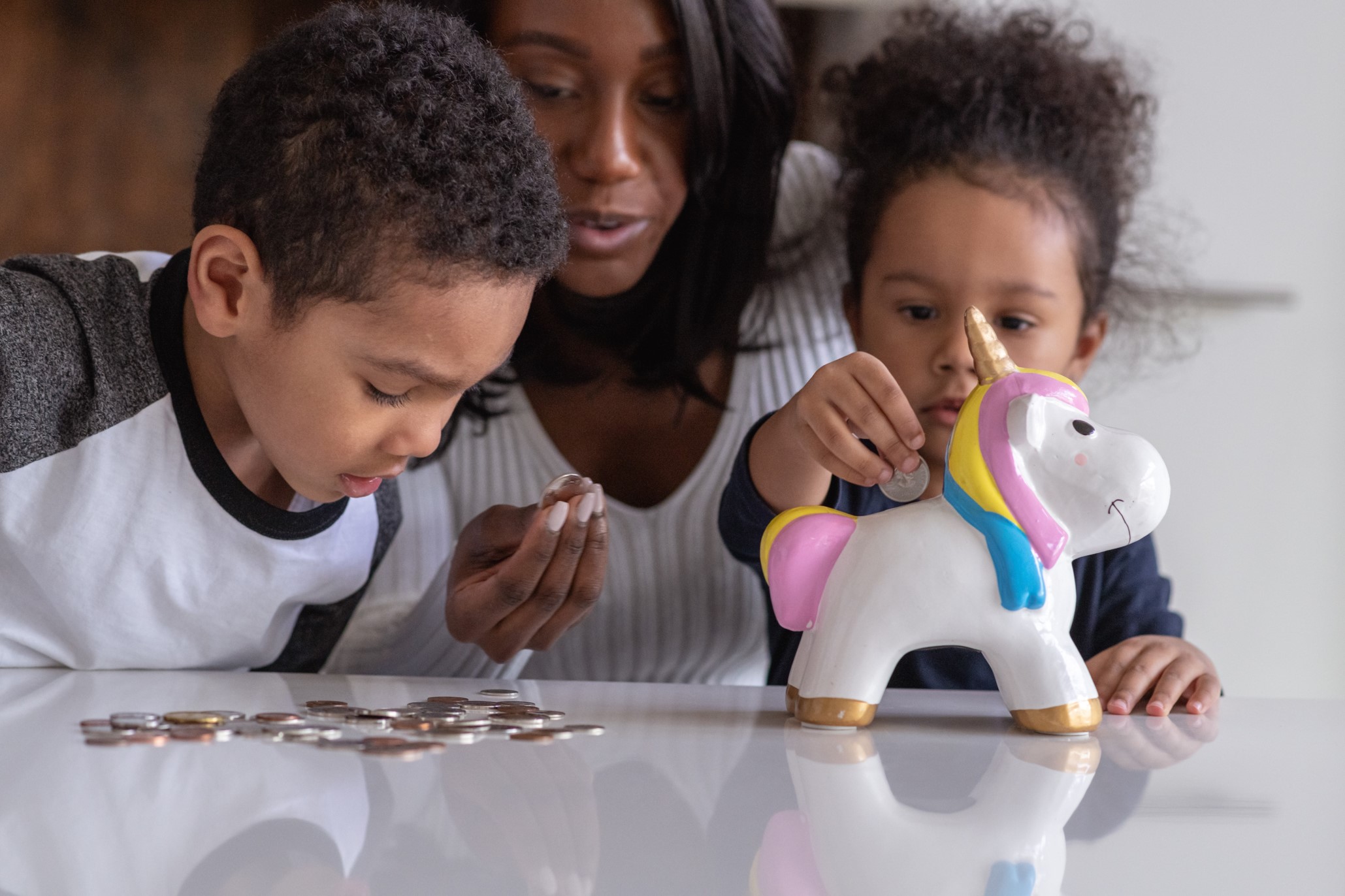REFERRAL PERKS®
Earn $100* for you and your friend for every successful referral.
Learn how an FHSA helps you save for your first home faster.
Learn which savings option is the best for your financial goals.
Explore this step-by-step complete guide to starting a business in British Columbia.
We’ve rounded up 10 of the most common scams — along with ways to identify and outsmart them.
We use cookies to personalize your browsing experience, save your preferences and analyze our traffic to improve features. By using our website you agree to our Cookie Policy.

The habits that kids form in their early years can shape the rest of their lives. That’s especially true when it comes to a topic that isn’t always talked about: money. If the thought of teaching your kids about the ins and outs of finances sounds daunting, you’re not alone. To help, we’re sharing our top tips to empower you to do just that.
The best way to raise money-smart kids is to instill a financial education as early in life as possible. This means incorporating lessons into everyday activities, from explaining what money is to how it’s used.
While shopping, show your child how money works through real-world examples. Tell them why you chose one product over another at the grocery store and the advantage of using coupons, for instance. It’s great to pay with hard cash sometimes too, so kids can see that it’s finite.
Not sure what else to cover? Don’t fret: There are a spate of books aimed at boosting kids’ financial literacy. Here are a few recommended by our staff:
Kids love games. So, a fantastic way to make financial literacy stick is to play an activity that involves money.
Play a coin identification game, where your toddler traces the outline of various coins onto paper and then matches the real coins to the drawing (bonus points if they name it). Or, set up an imaginary grocery store — gather a few items from your pantry and mark them with prices. Then, give your child a budget to purchase items for your “dinner.” This will teach them how to effectively manage cash.
During your next family night, you can also turn to tried-and-true money board games for kids, like Monopoly Junior or The Game of Life. Look for games that offer electronic banking options. It’s a great way to teach children how money works in a cashless society.
We’ve all heard that money doesn’t grow on trees. While it’s one thing to say the phrase, it’s even better to show kids what it means by encouraging them to earn their own cash. This will help them associate money with work — and not something that magically appears.
Reinvent how your kids earn allowances. Allocate a dollar value to each weekly task that is paid to the kid when completed. This pay-per-chore approach lets the kids build life skills by choosing how much they earn by how much they work. If they’re old enough, they can also earn extra money through part-time jobs, such as babysitting or dog walking.
Once kids start to earn a bit of cash, use this as an opportunity to teach them about saving for something special, like a toy or tickets to a hockey game. By teaching them to put their hard-earned cash away, they’ll better understand the value of having a security fund later in life.
If they’re young, use a piggy bank or a clear jar so they can see their funds steadily grow. Teens can consider opening a savings account at a financial institution, which also introduces them to concepts like interest rates.
It’s also helpful to teach kids the difference between necessities and frivolous purchases. Take the time to explain how everyday needs like groceries and utility bills take priority over video games or the latest gadgets. By emphasizing the need to make sacrifices to live within your means and balance discretionary spending, you can help prevent them from being saddled with credit card debt later in life.
On a piece of paper, come up with one list of the necessities in your child’s life — and another for nice-to-haves. Explain the difference between the two. Then, test their knowledge: name a bunch of items and have your kid determine whether they are wants or needs.
Once your child is saving money, show them the importance of giving back to the local community, such as by starting a fundraiser or giving to a charity.
Encourage your kids to donate a portion of their savings each year to a charity of their choice. Even better: bring them to drop off their cheque in person to really understand the difference they’re making.
The habits that kids learn now can shape the trajectory of their lives. By teaching them how to responsibly handle money — including saving, spending and giving — you can help prepare them for a more secure financial future.
By imparting financial wisdom on your kids throughout their early years, you’ll help set them up for future success. The best part? There are plenty of ways to make it fun and enjoyable for the whole family.
We acknowledge that we have the privilege of doing business on the traditional territory of First Nations communities.
© First West Credit Union. All rights reserved.
Proudly Canadian